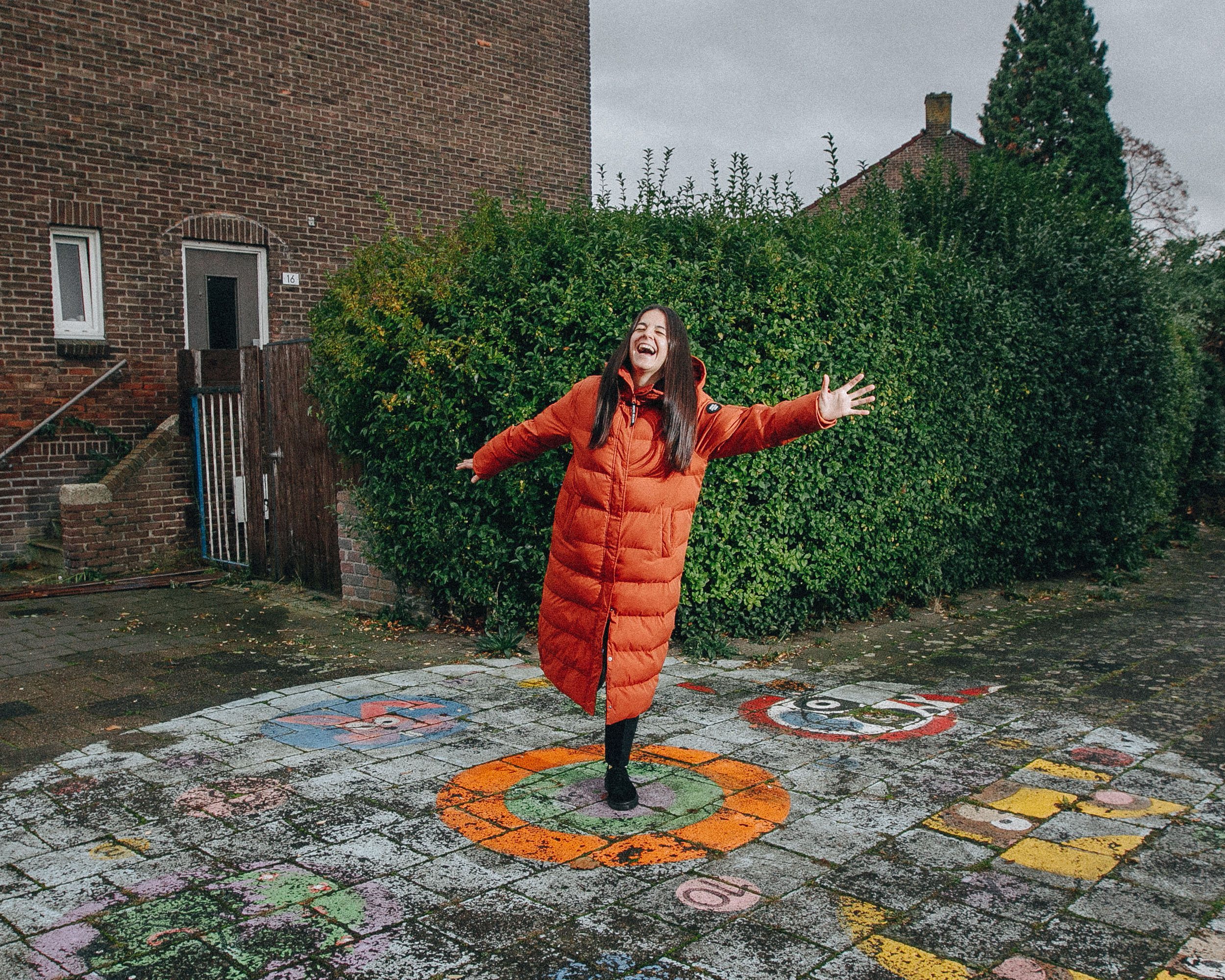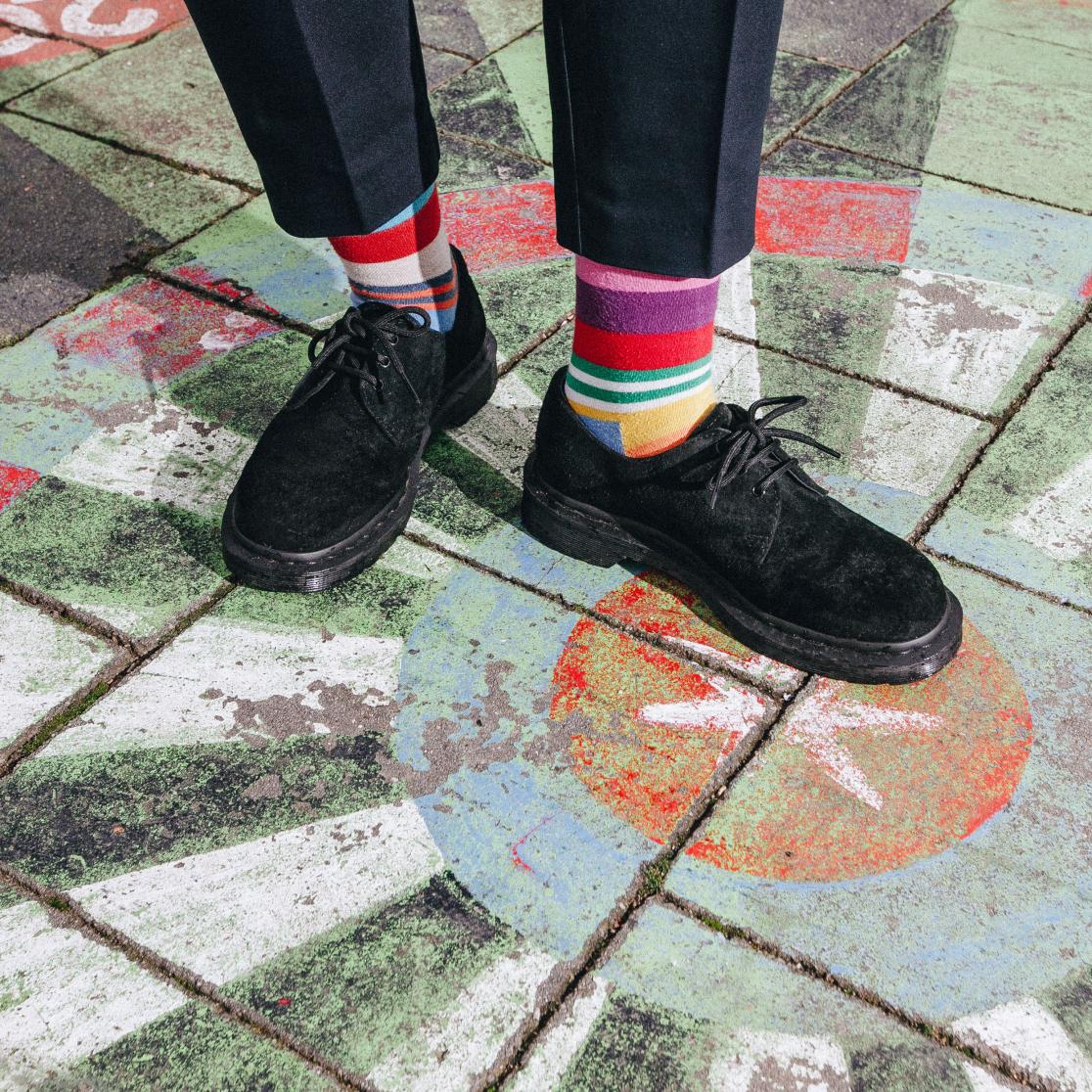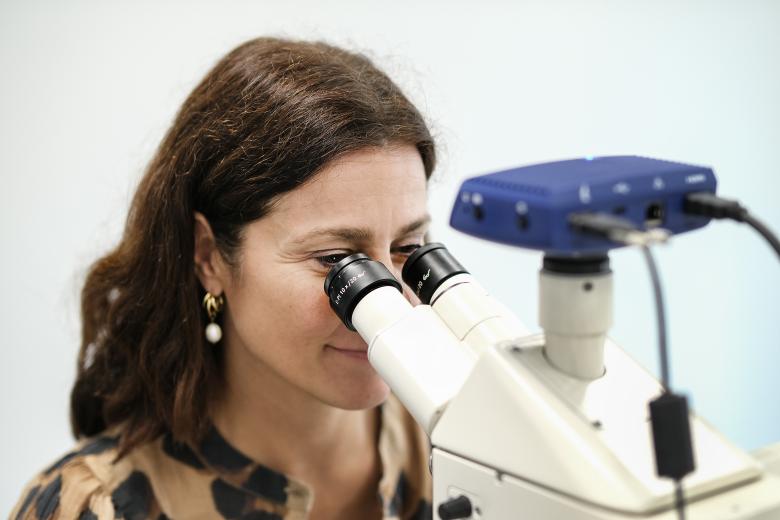Child-friendly cities benefit everyone
What will the sustainable city of the future look like? To answer this question, we shouldn’t just ask experts, says postdoctoral researcher Özlemnur Ataol. The youngest users of the urban environment—children and young people—should get a say too. Creating cities in which they can thrive will benefit people of all ages.
Growing up in the Turkish metropolis of Istanbul, Özlemnur Ataol dreamt of becoming an architect. But during her studies, she realised that a career in research was a better fit for her. She speaks passionately about her work as a postdoctoral researcher at the Philosophy department of the Faculty of Arts and Social Sciences, where she is a driving force behind the Circular City Challenge project. “I’ve been involved from the beginning. It’s my baby,” she laughs.
Circular City Challenge
Funded by the European Union, the project is being rolled out in various European cities, including Maastricht. Its aim is to develop a tool to encourage children between the ages of 14 and 18 to think about issues related to climate change and social inequality in their own city. Importantly, participants are asked to come up with lasting solutions for local governments to take into consideration.
“We designed a competition asking young people to identify a problem in their own environment,” says Ataol. Take a school cafeteria selling apples wrapped in plastic, resulting in unnecessary waste. “What we want is for them to look at the problem from different perspectives—the apple farmer, the plastic producer, the school board—and propose an alternative.”
Flipped learning
The Circular City Challenge gives participants the opportunity to build skills like networking and collaboration. By doing their own research, they also learn about sustainability and circularity. “It’s not about us telling them how it is. The idea is for them to think about their own urban environment; that way, we encourage them to teach us something. I call it flipped learning.”
Ataol is eager to see what ideas and solutions the participants will come up with. “We’ll use thematic analysis to identify the main trends, which is what fascinates me as a researcher.” But the Circular City Challenge not only serves academia. It is intended to take on a life of its own as a tool for local authorities and politicians to give young people a voice in shaping their own neighbourhood or city. After all, they are just as capable of providing valuable input as adult residents. “In fact, I’d say their input is more valuable,” Ataol says. “They tend to take a more inclusive, sustainable and empathic approach to urban life.”

Istanbul
This was one of the findings of her PhD research, which she completed in 2022 at Eindhoven University of Technology. In her native Istanbul, she spoke to children aged 6 to 12 to find out how they felt about their environment. It energised her (“Doing a PhD can be pretty lonely”) and taught her how to work with children.
“I quickly discovered that children know a lot about their own neighbourhood. Many complained about litter on the streets and the problems it causes, not just for people but also for animals.” Besides their inclusive perspective, what stood out was her participants’ faith in technology to provide solutions. For example, they came up with a smart bin that alerts users when they don’t separate waste properly. “Children are open-minded. They haven’t been trained to think from a certain perspective yet. Maybe that’s why they can see the world from a more collective point of view.”
Ideal
The children in her study didn’t have to think long about what the ideal city would look like to them. “Compact, with all your everyday necessities—the supermarket, the doctor, the school—within a fifteen-minute walk.” This popular urban planning concept also emerged from research Ataol conducted with babies, toddlers and their primary caregivers. “And the beauty is that a compact city benefits everyone. Having facilities within reach is important for older people, too. It encourages them to get out and about, which in turn brings them into contact with other people. So it’s good for both their physical and their mental health.”
Adults
Although researchers increasingly recognise the importance of including children’s perspectives in urban planning, their participation in research is not a given. Research distinguishes between three types of adults who struggle with the idea of taking children and young people seriously as stakeholders. “The first group believes that children have nothing to contribute. The second group prefers to spend their time differently than listening to children. The third group is afraid of the unknown.”
Without the right tools to streamline research with children, these adults will be difficult to convince. Ataol aims to change this with the Circular City Challenge project. “First and foremost, the competition is a useful way to gather input. Second, I hope my research will demonstrate that young people are even better than adults at thinking about their urban environment. It’s my mission to show how capable they are.”
Text: Jolien Linssen

Also read
-
Fresh air
Newly appointed professor Judith Sluimer (CARIM) talks about oxygen in heart functioning and the 'fresh air' the academic world needs.

-
Özge Gökdemir and Devrim Dumludağ reveal differences in competitive behaviour between women in the Netherlands
Economists and spouses Dr Özge Gökdemir and Professor Devrim Dumludağ conducted a study for Maastricht University that reveals differences in competitive behaviour between women in the Netherlands. Their findings will be published soon in a scholarly journal. Here, they give us a sneak peek.

-
What exactly is Open Science?
Open Science proposes openness about data, sources and methodology to make research more efficient and sustainable as well as bringing science into the public. UM has a thriving Open Science community. Dennie Hebels and Rianne Fijten talk about progress, the Open Science Festival and what...
